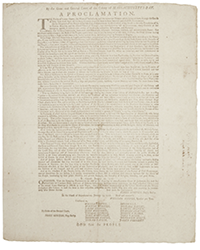It was a minor skirmish in a far away place in the debate between physical books and electronic resources in the library. It's unlikely you heard about it or ever will again. Nonetheless, it's illustrative of a debate that is occurring at libraries large and small, though mostly under the radar. This is more of a gut-check debate than the higher level one between the financial overseers and preservationists. The latter are those who want to hold onto collections of old and rare books, though the text within can now mostly be found electronically. This one was between the administrative powers and the students. The latter were not preservationists but simply people who prefer physical books. When text can be found electronically, is there a need any longer for physical books? This is about the physical book looking forward rather than back.
When it was announced that the library at San Angelo University in San Angelo, Texas, would be removing books, it was met by a protest from students. One of the students quoted by the Concho Valley Homepage noted that they check out books all the time for doing research papers. Another said that you can't really be a research institution without a physical collection. Some students weren't happy that they were not consulted.
University President Ronnie Hawkins issued a response to the concerns. “There have been a number of concerns recently expressed by faculty, students, alumni, and community members who have interpreted the transition and updates to the Porter Henderson Library to involve a complete withdrawal of all physical library holdings. Please rest assured there have not been any previous, current, or future plans to completely remove all of the printed books, reference volumes, and other physical materials that are currently housed in the Porter Henderson Library.
“All libraries routinely review their physical collections and retire certain volumes that have become outdated, obsolete, or, in fact, are no longer requested/required. During 'my time as a student' in 1973-1977, we used microfilm to reduce the volume of physical material kept in the library. Today’s technology now allows us to digitize (not eliminate) comparable documents that meet a similar standard.”
Is there something of real value being lost here or is this just an older generation holding onto outdated technology because it is familiar and comfortable, not because it is in any way superior? Will they get used to no more physical copies like they got used to not having records, tapes, CDs, or finally anything for music other than a connection to Spotify? I don't know the answer. For most of my life, I was an avid reader of physical newspapers. I couldn't have lived without them. But, as the subscription price of my local paper kept rising while the number of pages shrank, plus the news was old compared to what was online, I finally just said what's the point? None of my kids ever read physical newspapers in the first place.
This change is inevitable and has been going on for a long time. The question is whether digital books will totally replace physical ones in libraries or just partly. Later generations will have to decide whether physical books are meaningful to them. If not, will this eventually consume the collections of old and rare books held by libraries too, which already find themselves on the chopping block for libraries with other financial needs? If younger generations grow up without physical books, will they feel any loyalty to the older ones from the pre-digital age still held in libraries? Will those collections remain sacred or are they doomed? Perhaps the choices we make for newer books now will eventually determine what happens with the collections of older books held in rare book rooms and libraries.


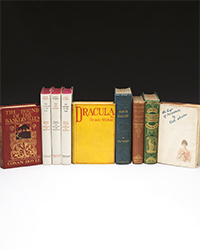
![<b>Heritage, Dec. 15:</b> John Donne. <i>Poems, By J. D. With Elegies on the Author's Death.</i> London: M[iles]. F[lesher]. for John Marriot, 1633. <b>Heritage, Dec. 15:</b> John Donne. <i>Poems, By J. D. With Elegies on the Author's Death.</i> London: M[iles]. F[lesher]. for John Marriot, 1633.](https://ae-files.s3.amazonaws.com/AdvertisementPhotos/8caddaea-4c1f-47a7-9455-62f53af36e3f.jpg)
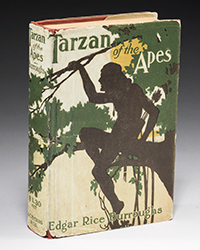
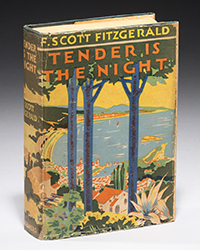
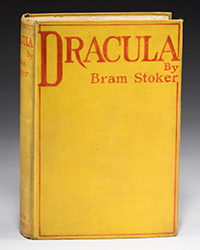
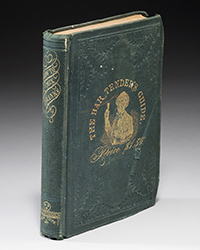




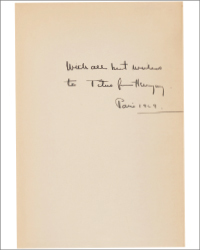

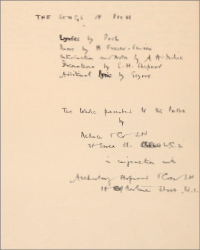

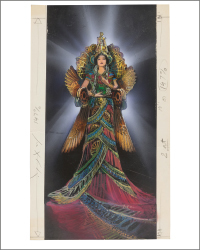

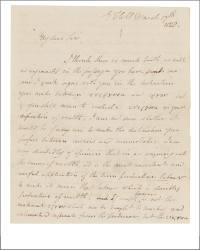
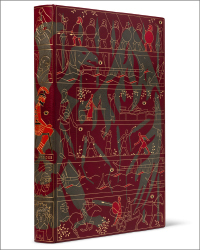
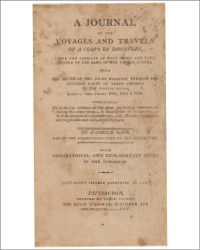


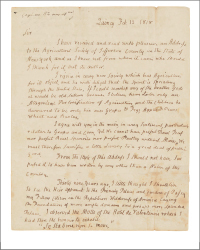

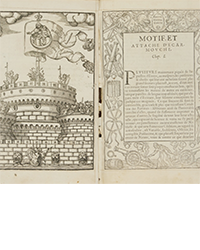
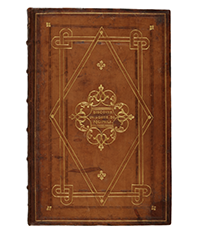
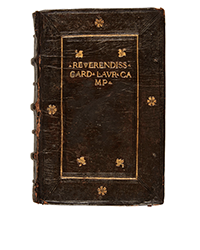
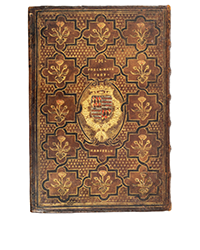
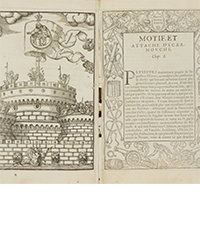
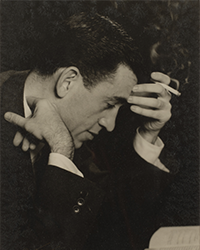
![<b>Sotheby’s, Dec. 16:</b> [Austen, Jane]. A handsome first edition of <i>Sense and Sensibility,</i> the author's first novel. $60,000 to $80,000. <b>Sotheby’s, Dec. 16:</b> [Austen, Jane]. A handsome first edition of <i>Sense and Sensibility,</i> the author's first novel. $60,000 to $80,000.](https://ae-files.s3.amazonaws.com/AdvertisementPhotos/9a74d9ff-42dd-46a1-8bb2-b636c4cec796.png)
